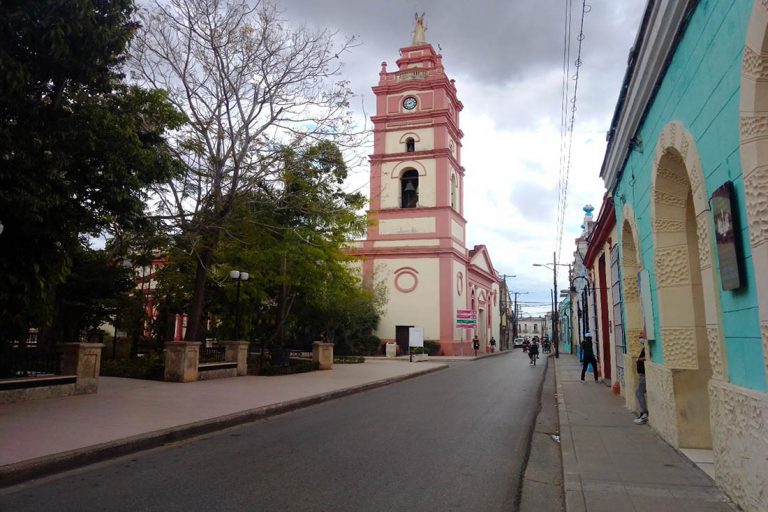Between curves, without allowing you to see the beginning and the end, one of the best-known streets in Camagüey is Cisneros. Named in honor of Salvador Cisneros Betancourt, the street arose in the sixteenth century and was originally called Mayor Street, it houses an important fragment of the historical soul of the city and its protagonists.
Salvador Escolástico Cisneros Betancourt, Marquis of Santa Lucía, was born in house number 20 on that street, one of the most important patriots of the city since the first independence conspiracies.
Where the Provincial Library is currently located, the Philharmonic Society was established, a meeting place for young revolutionaries, led by Cisneros, during the 1850s and 1860s.
In that place the decisions concerning the Uprising of Las Clavellinas were made and the call of José Martí to the libertarian struggle of 1895 was answered affirmatively.
This privileged street was the site where the Colegio de la Compañía de Jesús was located in 1767; There, at the corner of the square, was located the Prince’s Council. In addition, Gaspar Alonso Betancourt y Cisneros, a well-known Benefactor of the city and Captain of the militias lived in that same street
In the house marked with the number 25, now 169, the Golden Lion billiard hall, owned by Gaspar Alonso del Castillo y Betancourt, grandfather of the poet Aurelia del Castillo y del Castillo, was opened in 1822. This place served as the headquarters for the secret meetings of the Bolivarian board Cadena Triangular or Cadena Eléctrica de Puerto Príncipe, which promoted independence ideas.
Renowned surnames in the history of Camagüey lived in that street: the Agüero, the Castillo, Miranda, Quesada, Sánchez … María Josefa (Eva) Adán, the woman from Camagüey who left with his family went to the battlefield during the Ten Years’ War and participated in Necessary War. The young Francisco Sánchez y Betancourt lived there, enlisting in the two wars and dying of tuberculosis in 1895.
Sisters Aurelia and Matilde del Castillo and Betancourt also lived on Mayor Street, as well as Doctor Eduardo Agramonte Piña and the married couple of Ana Betancourt and Ignacio Mora. Doctor Oscar Primelles, who was Lieutenant Colonel of the Liberation Army, lived in the house number 35.
Paradoxically, the Volunteer Captain Bernabé Sánchez y Adán also lived on this street. After the name of Mayor Street was changed to Salvador Cisneros in 1899, in honor of the famous patriot, the street continued to witness important events, personalities and buildings. Such is the case of the “Ramonet Academy”, a music conservatory which opened in apartment 38-40; the house of the former head of the Third Liberation Army Corps Major General Manuel Suárez and in house No. 12, the residence of Brigadier General Javier de la Vega Basulto.
In house No. 14, after his return from the United States, Amalia Simoni, widow of local hero Ignacio Agramonte, stayed overnight. In the street with a name as noble and just as that of Cisneros, great personalities of the city coexisted, to the point that if a time machine were invented, any passionate about history would want to return there; because Cisneros street is a true mine for the knowledge of the past and the heart of Camagüey.
Translated by: Aileen Álvarez García






